August is a fabulous month in the vegetable garden. The summer crops are overwhelming us with their productivity and the crops we sowed last month are coming beautifully.
If all the space in your garden has been planted, it may be time to remove some of the faded early crops to make room for planting in August. If you do, pay attention to the nutritional requirements of the plants you plan to grow, and add soil amendments as needed. Some early crops may deplete key nutrients in the soil and may need to be replaced before the second round of crops.
At the last, some gardeners may choose new container gardening in August. This means that gardeners can move vegetables according to the sunshine.
Below vegetables can be planted directly in your Gardzen grow bags from seeds in August.
Arugula
Arugula is frequently served raw in salads. The peppery flavor pairs nicely with other strong flavors like salty cheeses, bright citrus, and more. It's also used to top cooked pizzas or whirled into pesto. The greens can also be sautéed for a mild side dish or added to soups, pasta, and other dishes.
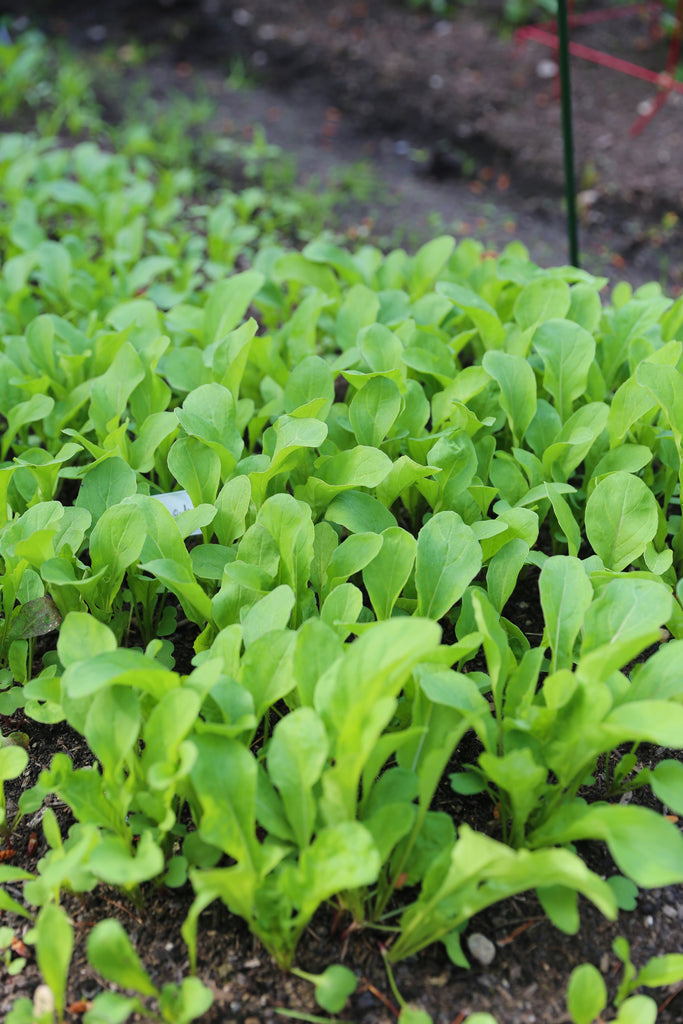
Basil
Basil is one of the most popular cooking herbs in the garden and a favorite in the Italian kitchen. The leaves and flowers are edible, and they are usually pureed with olive oil and nuts to form a delicious multifunctional paste called pesto. Basil is easy to grow in many climates and can be cultivated indoors; this is worthwhile because dried basil cannot approach the aroma and flavor of fresh varieties.

Beet
Beet is a fast-growing root vegetable that can grow almost anywhere. Surprisingly, the bright red roots and leaves are edible. Although beets sound boring, they can provide the basis for a variety of delicious recipes such as pickled beets, beet salads, and withered beets.
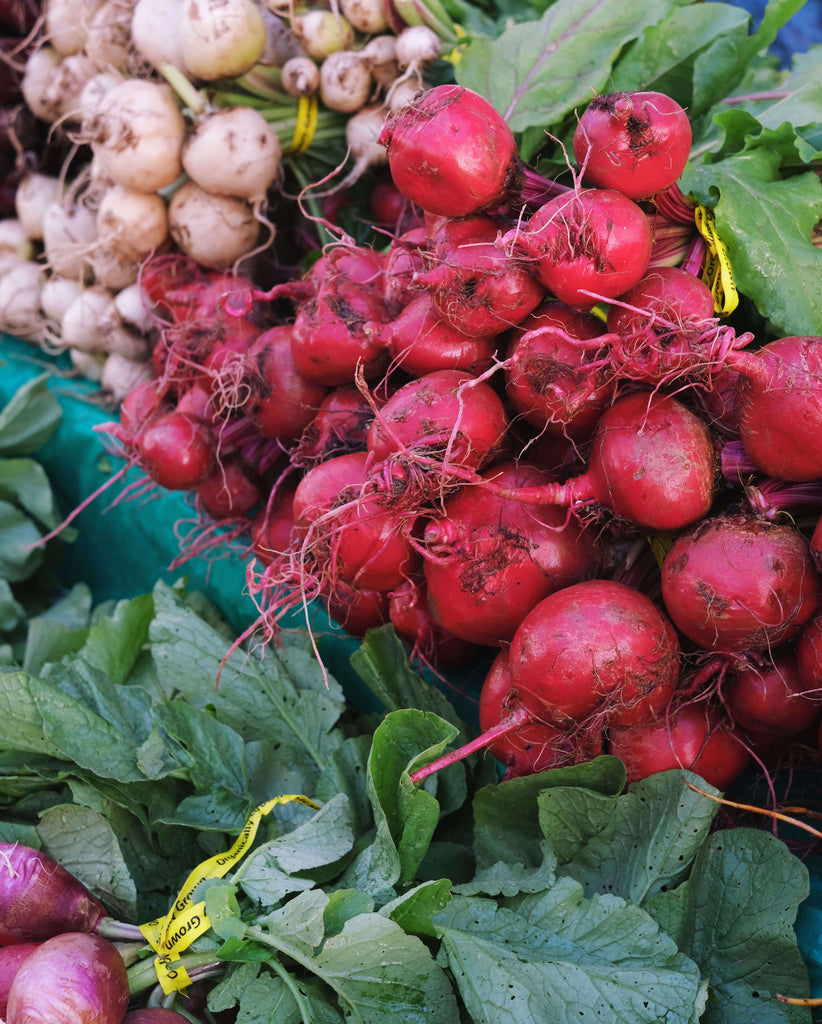
Broccoli
You can harvest broccoli twice a season as they grow so fast, also you can plant it earlier. Broccoli is an edible green plant in the cabbage family. It is eaten either raw or cooked. Broccoli is a particularly rich source of vitamin C and vitamin K.
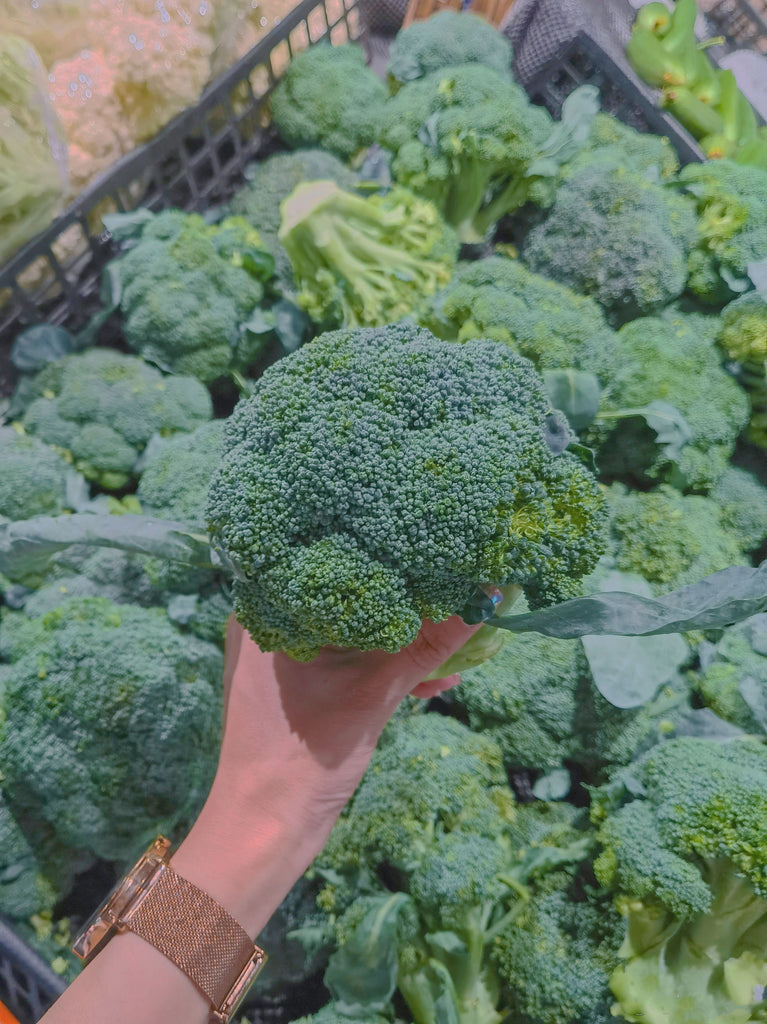
Brussels Sprouts
Brussels sprouts need a long growing season but can grow well in many regions. You’ll also see sautéed Brussels sprouts called pan fried Brussels sprouts, pan roasted Brussels sprouts, or pan sautéed Brussels sprouts.

Cabbage
Cabbage also contains small amounts of other micronutrients, including vitamin A, iron and riboflavin. Grow cabbage earlier and re-grow in August, harvest them twice in a year.
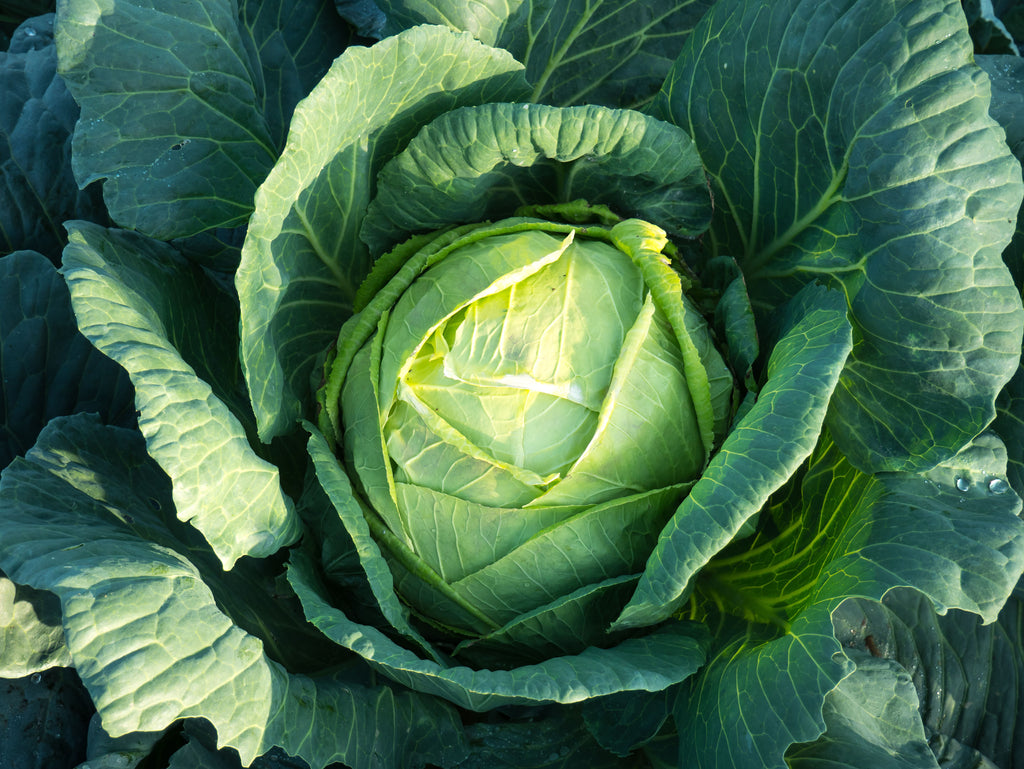
Carrots
The carrot is a root vegetable often claimed to be the perfect health food. It is crunchy, tasty, and highly nutritious. Carrots are a particularly good source of beta carotene, fiber, vitamin K1, potassium, and antioxidants.

Cauliflower
Cauliflower is very low in calories yet high in vitamins. In fact, cauliflower contains some of almost every vitamin and mineral that you need.
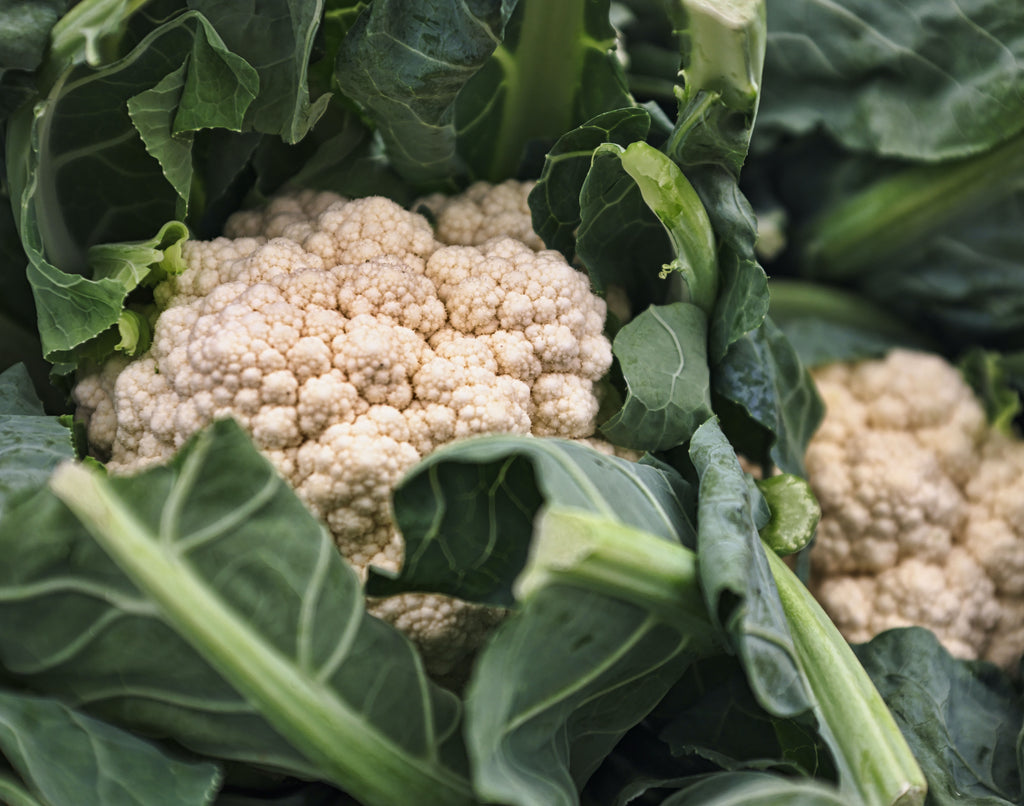
Chinese Cabbage
Chinese cabbage can also be served raw, like in a salad or slaw. Simply chop the Napa cabbage into very thin strips and add in scallions, a chili, julienned carrots, or other vegetables.
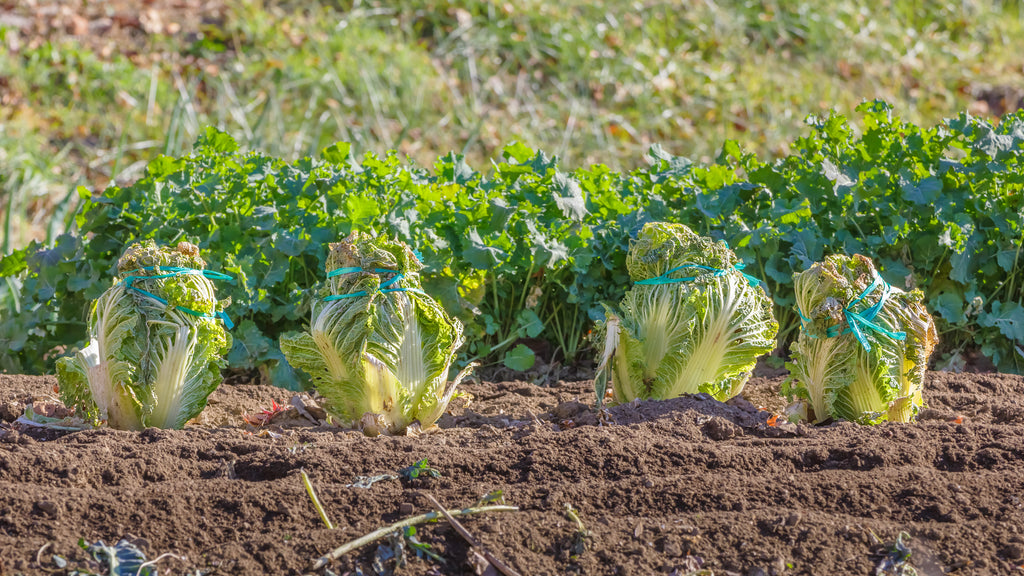
Cilantro
People use cilantro as a flavorsome addition to soups, salads, curries, and other dishes. In some parts of the world, people call it coriander.
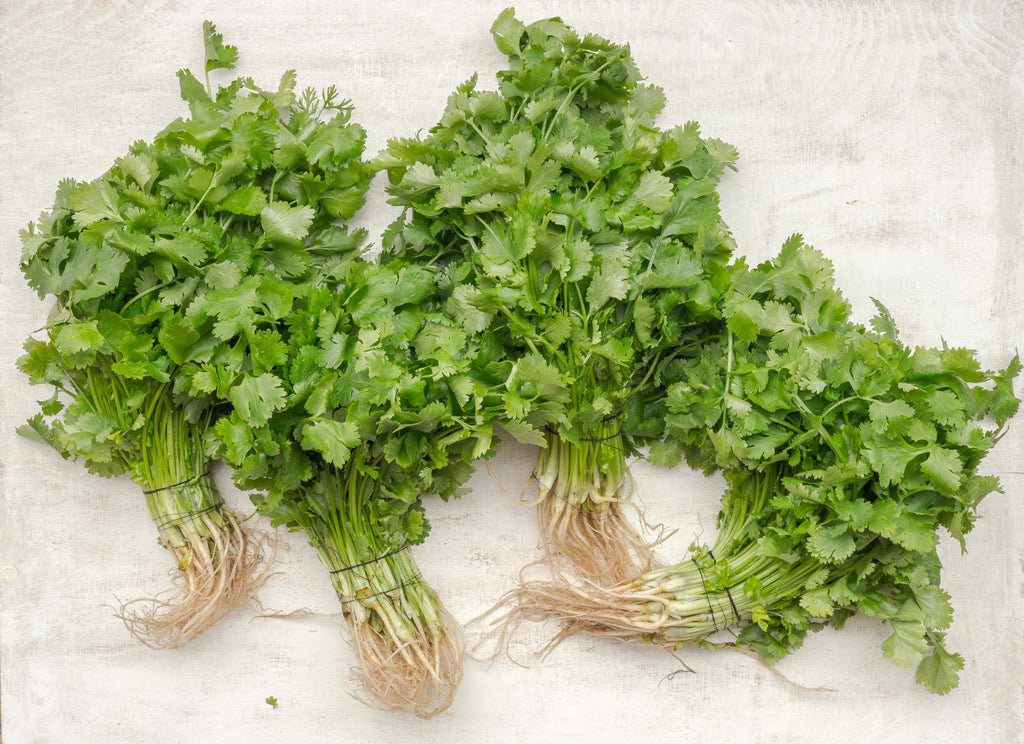
Collard greens
Collard greens are non-head forming cabbages that can be steamed, sautéed, or braised. They're often associated with southern cooking; as many cups of collards cook down to almost nothing, a dinner that includes collard greens is often referred to as "a mess of greens."

Corn
Corn is a tall annual cereal grass that is widely grown for its large elongated ears of starchy seeds. The seeds, which are also known as corn, are used as food for humans and livestock and as a source of biofuel and can be processed into a wide range of useful chemicals.
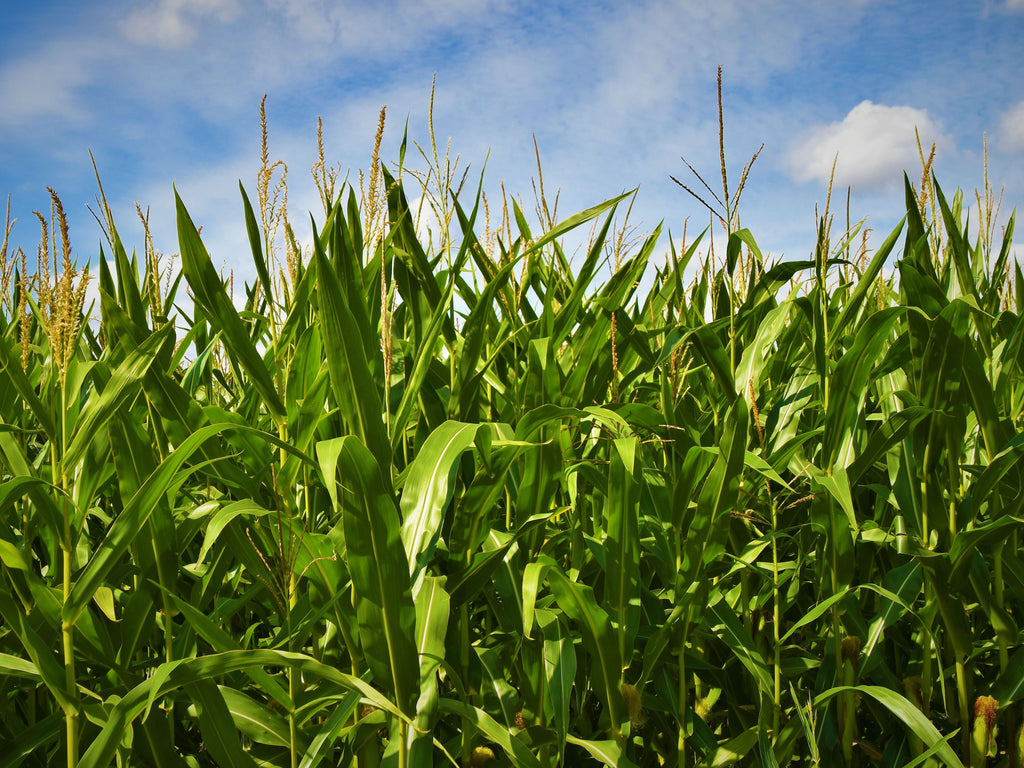
Cucumber
Cucumbers only grow in warmer season, but they grow fast. What any types of cucumber you grow, if you grow cucumber well after the ground thaws, you can expect a great harvest.

Dill
Dill is an annual, self-seeding plant with feathery green leaves. It is used most commonly in soups and stews or for pickling. Dill weed is easy to grow—here’s how!
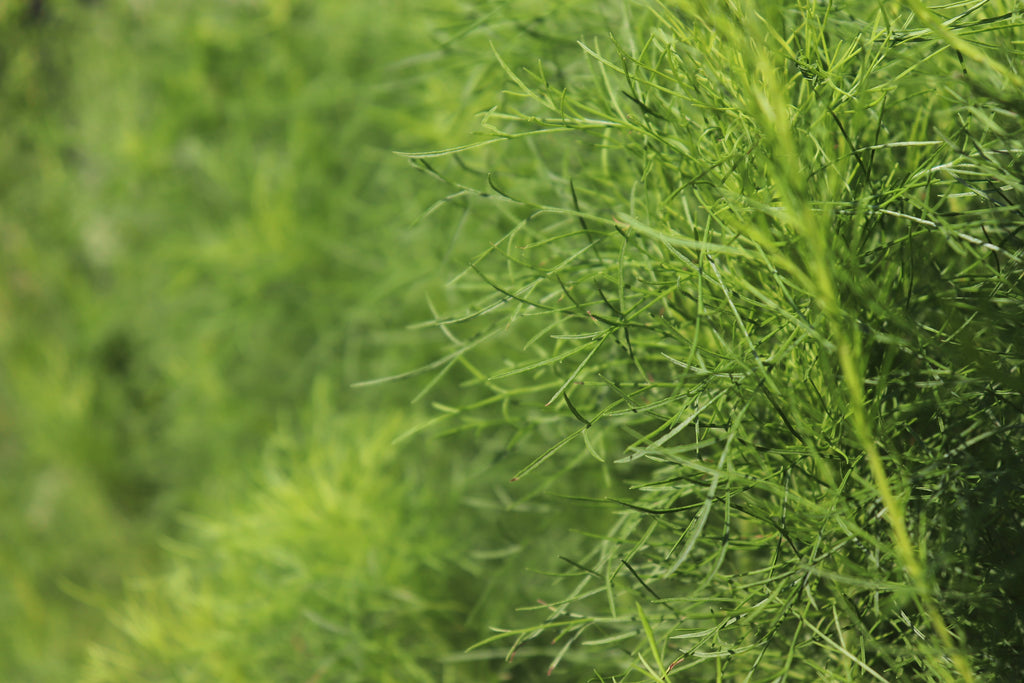
Leeks
Leeks are in the same vegetable family as onions and garlic. They taste sweeter and milder than onions. Leeks are made up of elongated, white bulbs with broadening and darkening green leaves at their tops. The bulb comes to an end at a point, often with roots still attached. The bulbs and lighter green leaves are edible and can be eaten raw or cooked. The darker green leaves are much tougher and along with the roots, should be removed before eating or cooking.
Lettuce
Lettuce is one of our favorite garden greens because it is far superior—in both taste and vitamin A content—to the store-bought alternative! Plant in the spring, starting two weeks before frost. In fall, start sowing again eight weeks before the fall frost.

Mache
Mache is a tender salad green sometimes called "corn salad." It can grow almost anywhere and often does well even in the heat of summer. If you plant succession crops every few weeks, you can continue to harvest mache well into the fall.
Mustard Greens
Mustard greens are the most popular southern dish and are usually paired with bacon, ham or salted pork. Before cooking, make sure the mustard greens are sand-free by rinsing them several times. Most southern cooks first saute mustard greens with fatty meat or ham, and then cook them until tender.
Peas
Peas are very easy to grow but their growing period is limited to cool weather. Plus, peas do not stay fresh long after harvest, so enjoy their taste as soon as you can!

Potatoes
Potatoes come in various sizes and colors, and different varieties require different growing conditions. You will first sprout the seed potatoes, and then you will choose a planting method: you can grow potatoes in ditches, holes or containers. You can dig new potatoes at any time during the growing season, or you can wait for full-size potatoes to mature.

Radishes
Radishes are a hardy, very easy-to-grow root vegetable that can be planted multiple times in a growing season. Plus, radishes can be harvested as soon as three weeks after planting! Here’s our full guide on how to grow radishes in your garden.
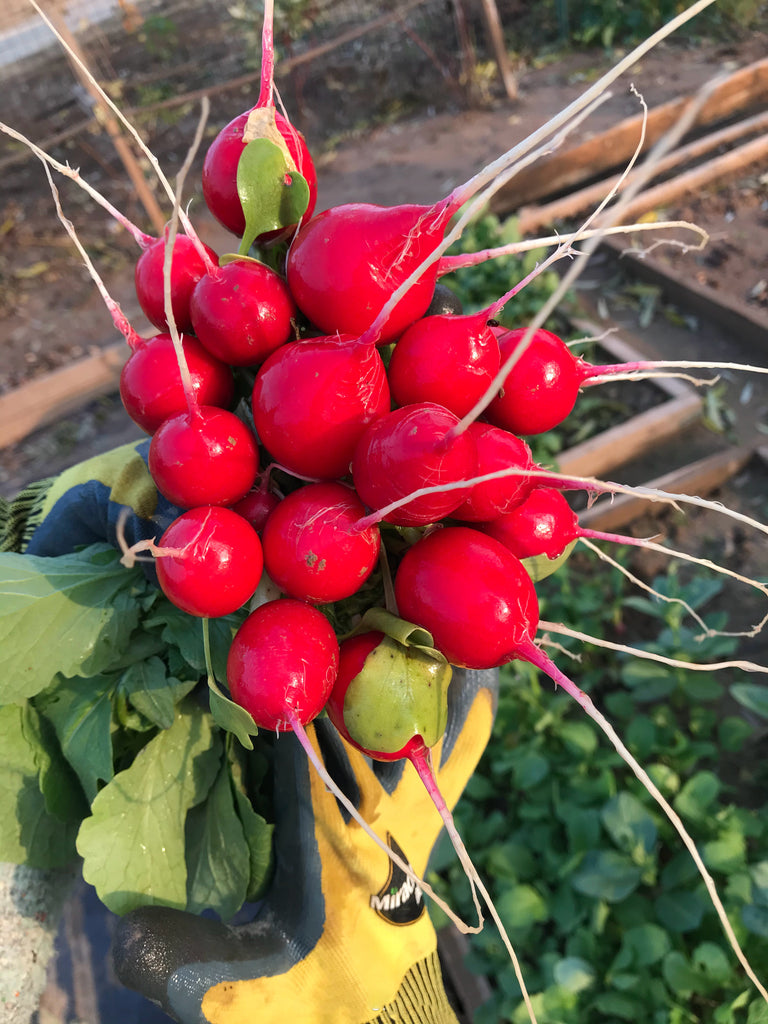
Spinach
Spinach is a rather difficult vegetable to grow, as it dislikes both cold and hot weather and requires well-drained soil to thrive. It is, however, packed with nutrients and is a major ingredient in many recipes from a wide range of cultures. Spinach can do well in fall, provided there is no frost.

Summer Squash
Summer squash (also known as vegetable or Italian marrow), is a tender, warm-season vegetable that can be grown throughout the United States anytime during the warm, frost-free season. Summer squash differs from fall and winter squash in that it is selected to be harvested before the rind hardens and the fruit matures. It grows on bush-type plants that do not spread like the plants of fall and winter squash and pumpkin. A few healthy and well-maintained plants produce abundant yields.
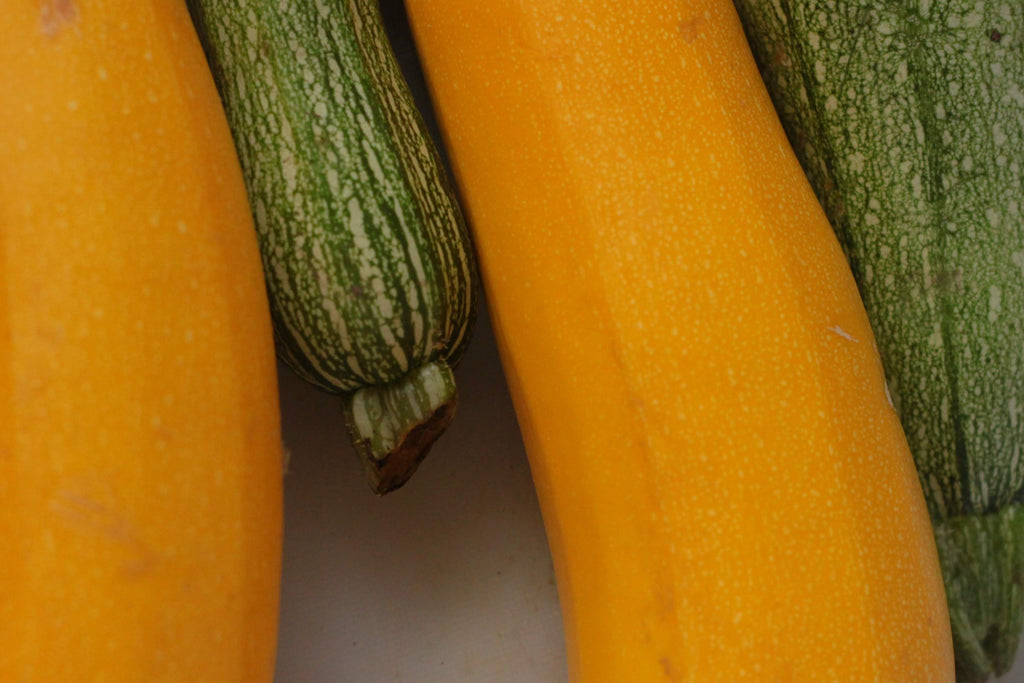
Swiss Chard
If you've never grown swiss chard, you're in for a treat. While it takes a while (60 days or so) to reach maturity, the glossy, delicious leaves are worth the wait. You can also grow chard in the fall in many locations. Chop the chard and sautée it with olive oil and garlic, or use it in dishes that usually include spinach.
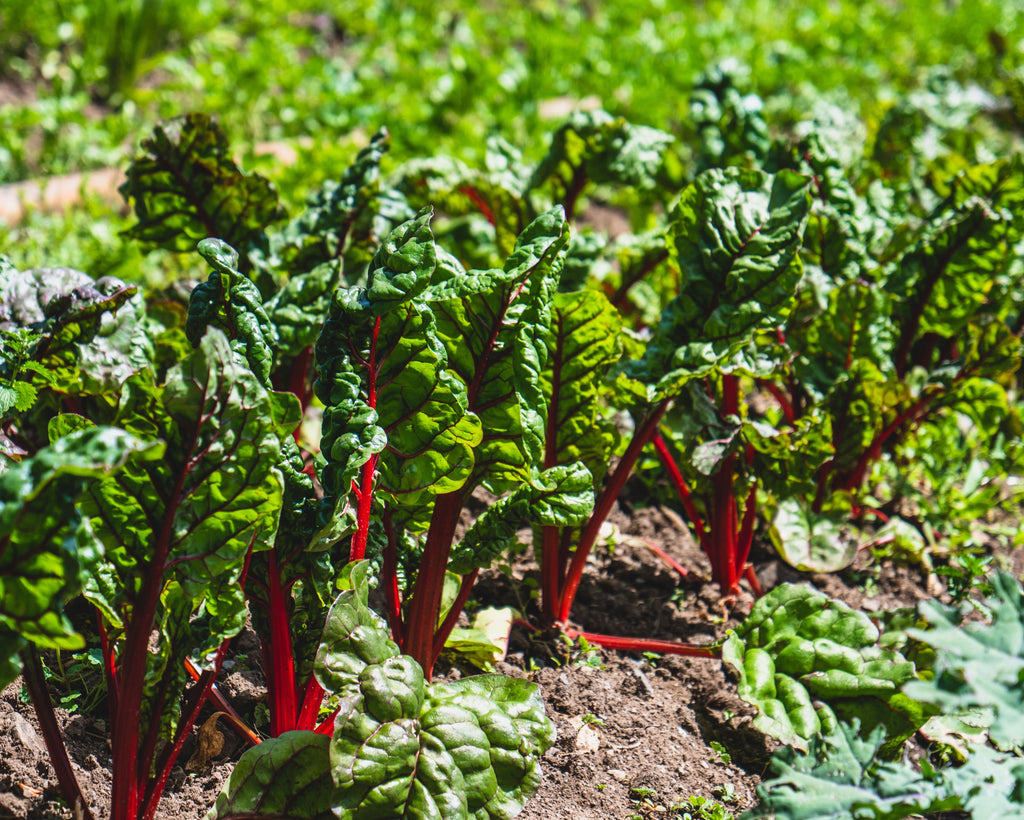
Tomatoes
Tomatoes come in a wide range of flavors as well as colors and sizes, from tiny grape-sized types to giant beefsteaks. The choice also depends on how you will use this versatile fruit in the kitchen.
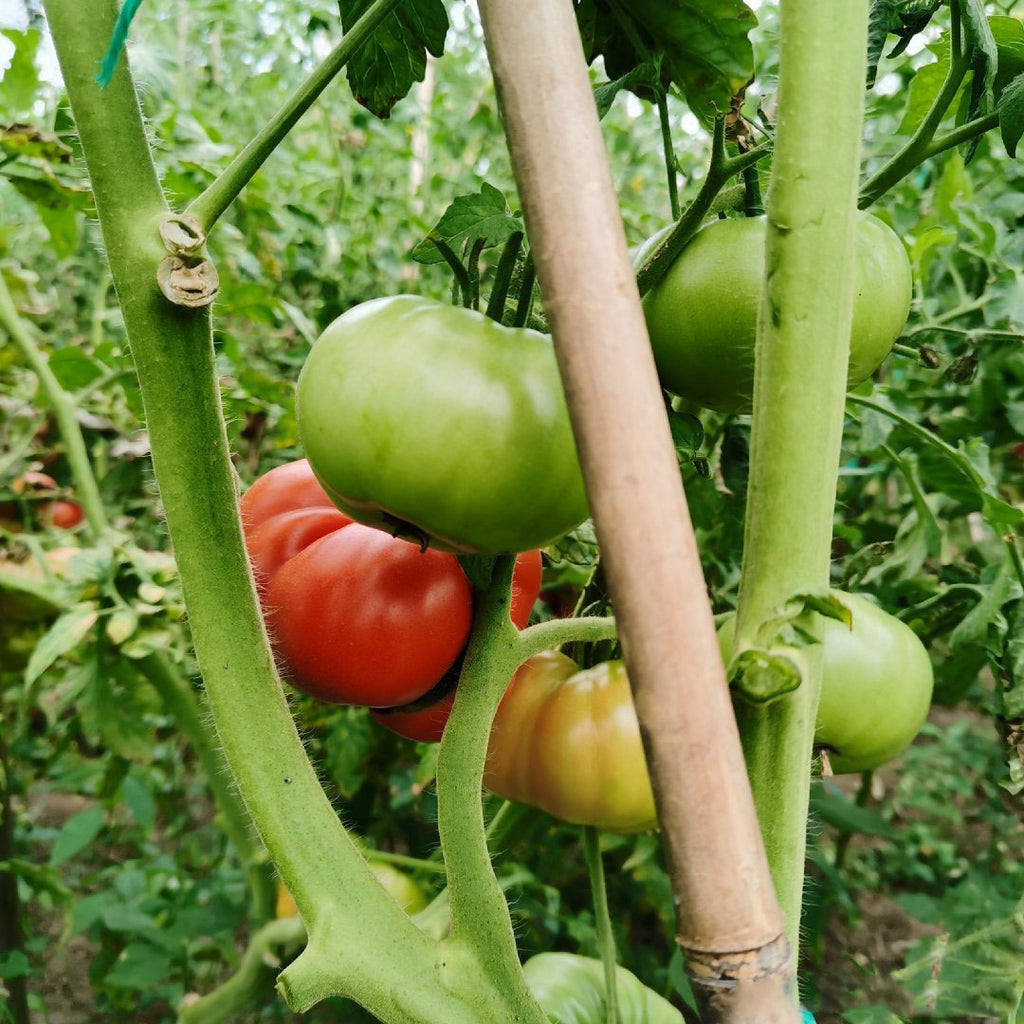
Turnips
Turnips are a root vegetable commonly associated with potatoes or beets, but their closest relatives are radishes and arugula — all members of the mustard family in the genus Brassica.
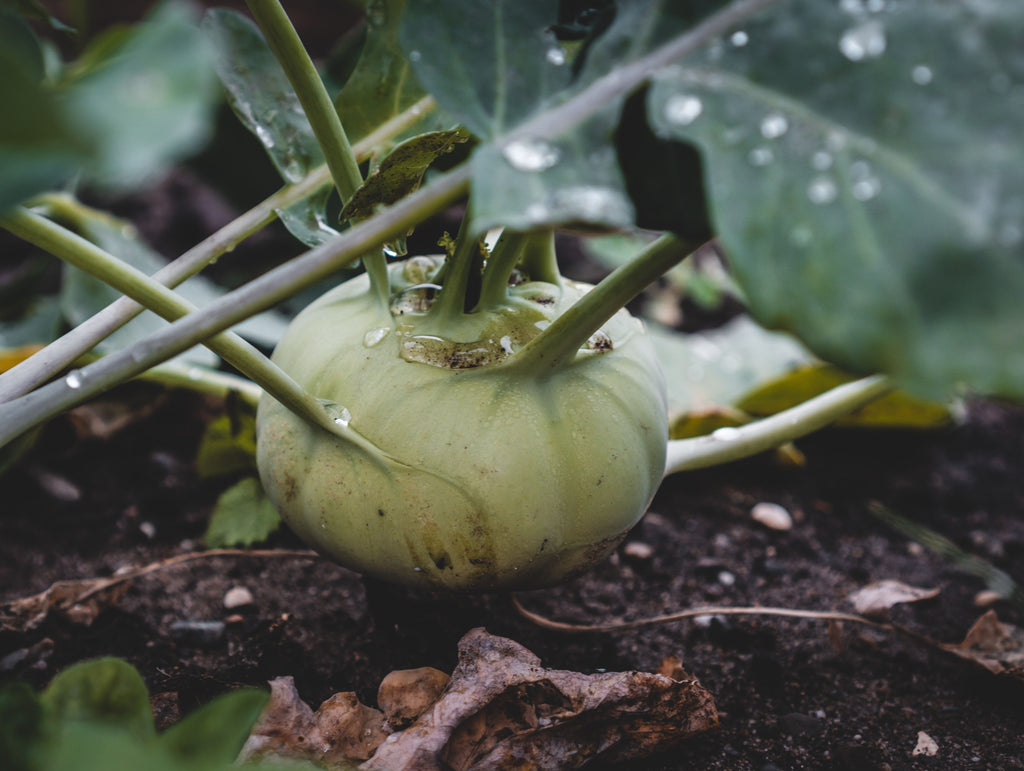

Leave a comment